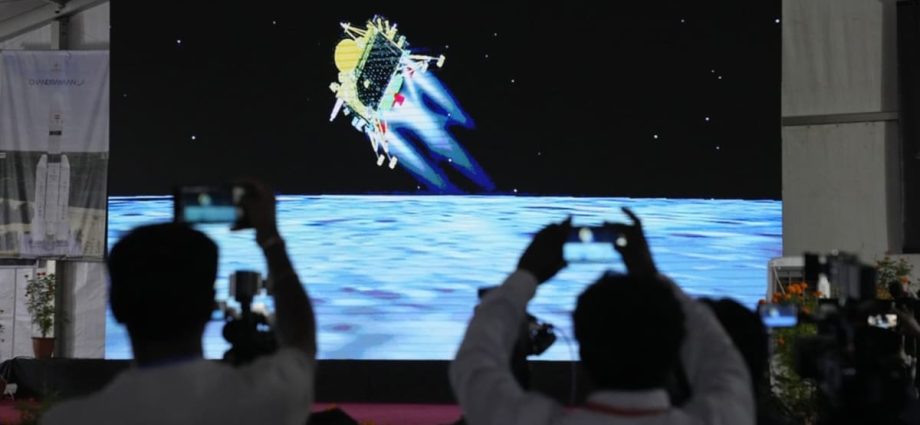
BENGALURU: An Indian spacecraft landed on the moon on Wednesday (Aug 23), the country’s space agency said, in a mission seen as crucial to lunar exploration and India’s standing as a space power, just days after a similar Russian lander crashed.
“This is a victory cry of a new India,” said Prime Minister Narendra Modi, who was seen waving the Indian flag as he watched the landing from South Africa, where he is attending a BRICS summit.
Scientists and officials clapped, cheered and hugged each other as the spacecraft landed and as the government now looks to spur investment in private space launches and related satellite-based businesses.
“India is on the moon,” said S Somanath, chief of the Indian Space Research Organisation (ISRO) as the Chandrayaan-3 spacecraft landed on the lunar south pole.
Just three other countries have successfully landed on the moon: The former USSR, the United States and China.
This was India’s second attempt to land a spacecraft on the lunar surface and comes less than a week after Russia’s Luna-25 mission failed.
People across the country were glued to television screens and said prayers as the spacecraft approached the surface.
Chandrayaan means “moon vehicle” in Hindi and Sanskrit. In 2019, ISRO’s Chandrayaan-2 mission successfully deployed an orbiter but its lander crashed.
The Chandrayaan-3 is expected to remain functional for two weeks, running a series of experiments including a spectrometer analysis of the mineral composition of the lunar surface.
Rough terrain makes a south pole landing difficult, and a first landing is historic. The region’s ice could supply fuel, oxygen and drinking water for future missions.
“Landing on the south pole (of the moon) would actually allow India to explore if there is water ice on the moon. And this is very important for cumulative data and science on the geology of the moon,” said Carla Filotico, a partner and managing director at consultancy SpaceTec Partners.

